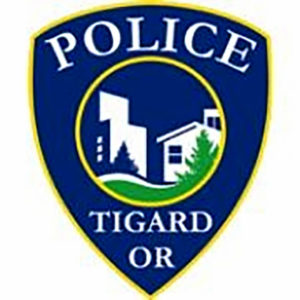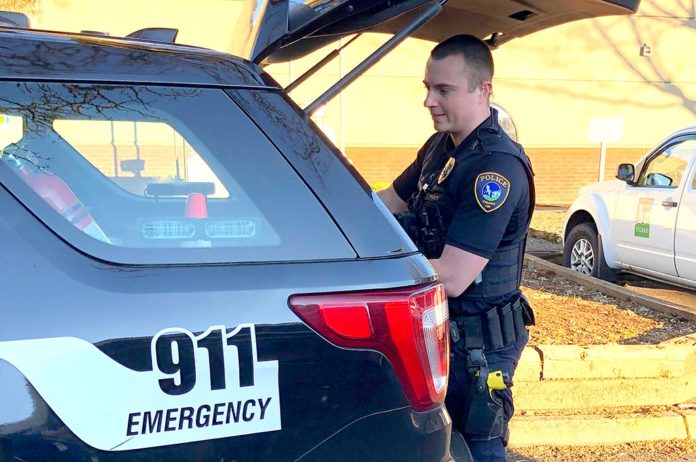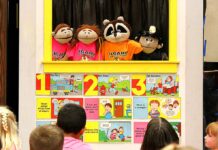On Feb. 6, 2020, officers pursued a fleeing bank robber who was driving toward Langer Farms. An officer deployed stop sticks (a spike strip) in front of the vehicle to force him to surrender. The suspect abruptly braked to avoid driving over the spikes before they could pierce his tires.
 Stop sticks are one of the many tools stored in the 25 Ford Police Interceptor Utility (PIU) vehicles used by Tigard Police patrol officers to respond to 9-1-1 and non-emergency calls. Vehicles are built and equipped for the demands of the job, so that officers can work efficiently and safely respond while assisting residents, businesses, and apprehending criminals.
Stop sticks are one of the many tools stored in the 25 Ford Police Interceptor Utility (PIU) vehicles used by Tigard Police patrol officers to respond to 9-1-1 and non-emergency calls. Vehicles are built and equipped for the demands of the job, so that officers can work efficiently and safely respond while assisting residents, businesses, and apprehending criminals.
A PIU is built from a Ford Explorer platform and includes special features such as a heavier alternator, column shifter, special wiring, larger and more efficient brakes to allow for abrupt stopping, and enhanced acceleration. Contractors up-fit the cars with lights and sirens, storage, and other features such as a reinforced-metal prisoner cage.
Although vehicles are decommissioned after four years due to wear and tear, these up-fitted features are frequently reused in new vehicles when replacing retired cars to lower costs.
Neighbors often incorrectly assume that the number of patrol cars parked in the Tigard Police lot equates to the number of on-duty patrol officers. According to Officer Evan Fourie, who works as a patrol officer on swing shift (2 p.m. – 12 a.m.), officers select from a pool of vehicles assigned to each particular shift. That may be four or more vehicles per shift for officers and a supervisor, depending on staffing levels. The number of cars needed for the patrol fleet is determined by:
- Staffing levels for three overlapping shifts, responding to incidents 24 hours a day, every day.
- Wear and tear of vehicles driven 10 hours per shift, often to emergencies where extensive braking is necessary en route. Cars must always be reliable for emergency calls and shouldn’t be driven 24/7.
- Extra vehicles needed to allow for repairs and maintenance.
- Use for other needs such as training and court. Officers are often assigned to testify in court outside of their shift hours.
The patrol vehicle is an officer’s rolling office. Officers can more efficiently respond to incidents when their vehicles are stocked with the tools, equipment and documents needed for a variety of encounters. Officer Fourie considers his radio and laptop computer the most vital equipment in his car, allowing him to communicate, access call information, files, the intranet and internet.
Some other items you can find in Officer Fourie’s vehicle:
- Flares, traffic vests, and cones for traffic crashes
- Forms such as a DMV accident and insurance form
- AEDs. Tigard officers responded to over 100 CPR calls along with fire and medical personnel in 2019, making AEDs an essential tool.
- First aid kit
- Naloxone (Narcan). Patrol officers responded to 22 overdose calls in 2019. Last November, a patrol officer administered a dose of Naloxone, reviving a 24-year-old male who had overdosed.
- Fire extinguishers
- Rifle
- Bean bag shotgun also known as a flexible baton round, is used for less lethal apprehension of subjects
- Sharps container—These containers come in handy when Officer Fourie confiscates syringes during an arrest or collects them in response to reports of needles found on the trails, parks, and other public places.
- Gloves
- Crime Scene tape
- Latent fingerprint kit
- Flashlights for different conditions
Patrol officers require a customized, well-stocked vehicle to efficiently do their work. Having the right tools for a variety of calls ensures that they can better and more timely help neighbors and businesses.






















